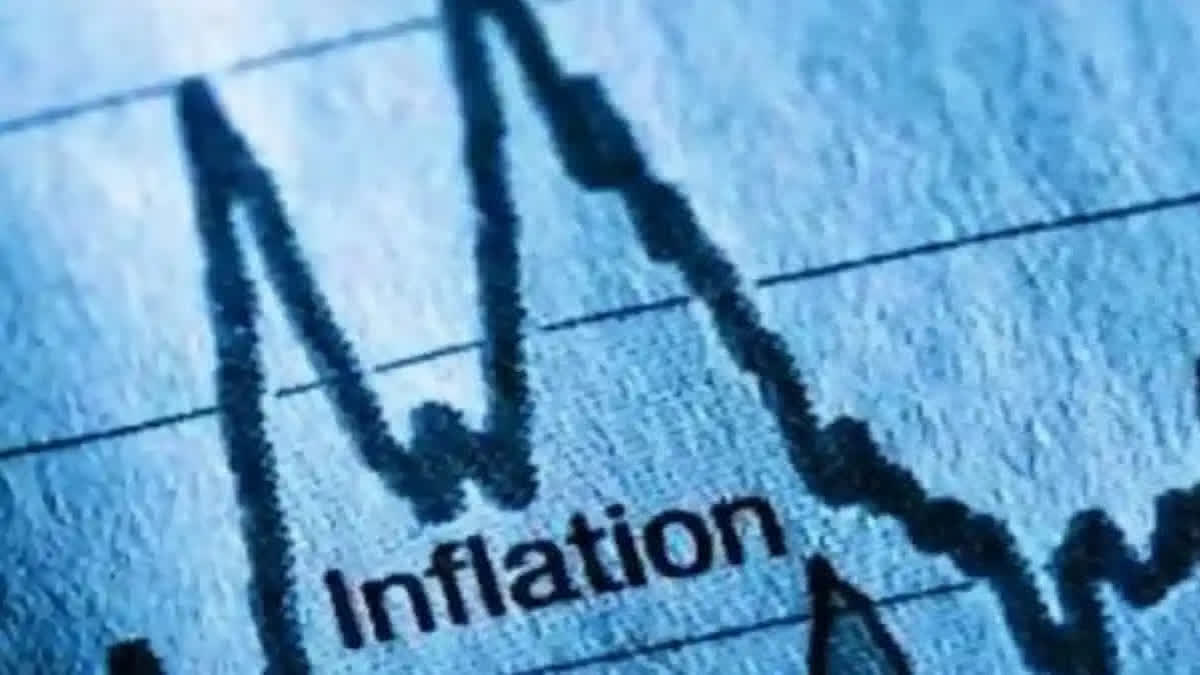New Delhi:RBI Monetary Policy Committee member Nagesh Kumar has suggested that there should be two inflation rates - one including food prices and the other without food prices - so that relevant rates could be taken into account for policymaking.
Chief Economic Advisor V Anantha Nageswaran in the Economic Survey 2023-24 had pitched for excluding food inflation from the rate-setting calls, saying that the monetary policy has no bearing on the prices of food items, which are dictated by supply-side pressures.
"I think there is a healthy debate on what should be the target, whether overall headline inflation rate or inflation rate excluding the food products, which are, you know, very seriously affected by seasonal demand, supply mismatch," Kumar told PTI while responding to a question on suggestions made in the Economic Survey for excluding food inflation while setting benchmark interest rates.
The weightage of food in the overall consumer price inflation, which stands at 46 per cent, was done in 2011-12 and needs to be revisited.
"I think we should have two inflation rates, one including food inflation and one without food inflation... so the relevant rate could be considered for what, which particular policy parameter one is looking at," he said.
India introduced the inflation-targeting framework in 2016 under which the Reserve Bank of India (RBI) is mandated to keep retail inflation at 4 per cent, with a margin of 2 per cent on either side.
The benchmark policy rates are decided bi-monthly by the RBI on the basis of movement in the consumer price index, which includes food, fuel, manufactured goods and select services.
Responding to a question on high food prices, Kumar said retail inflation slowed to a four-month low of 5.22 per cent in December. "A large part of this 5.2 per cent is because of the food prices inflation, and then also a seasonal mismatch of vegetable prices...And that corrects by itself, when more supplies come to the mandis, we should see inflation being restrained much more," Kumar added.
On India's current macroeconomic situation, he said the slowdown in India's economic growth to a seven-quarter low of 5.4 per cent in the second quarter was a temporary, transient kind of slowdown.
According to Kumar, it reflected the lag effect of the very strong squeeze in the capex of the government in the first quarter because of the election code of conduct, but the capex started to pick up in the second quarter.
"We expect strong growth in the second half of the year, and overall, I think we should be making up somewhere around 6.5 per cent or 6.6 per cent," he said.
